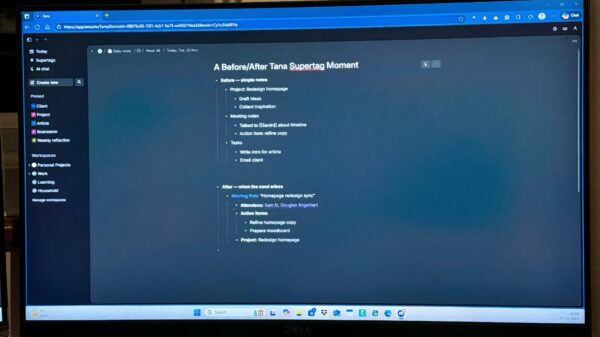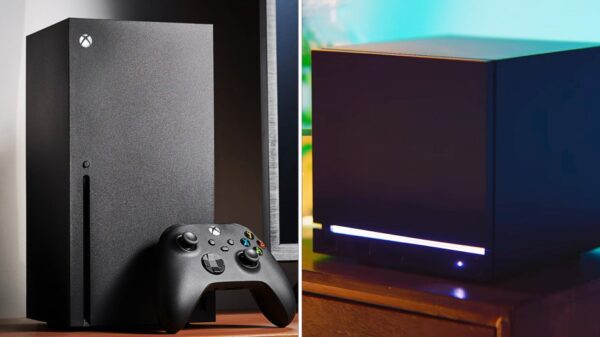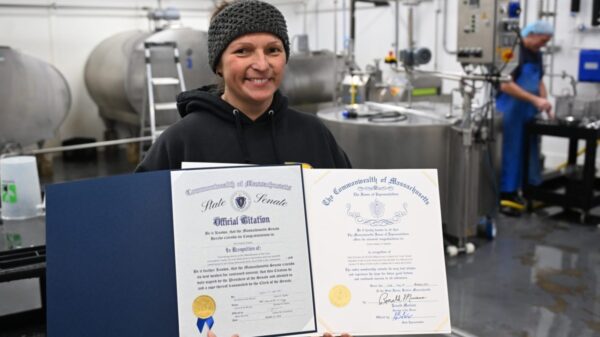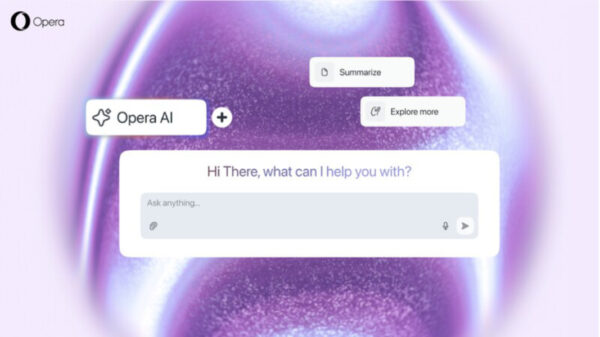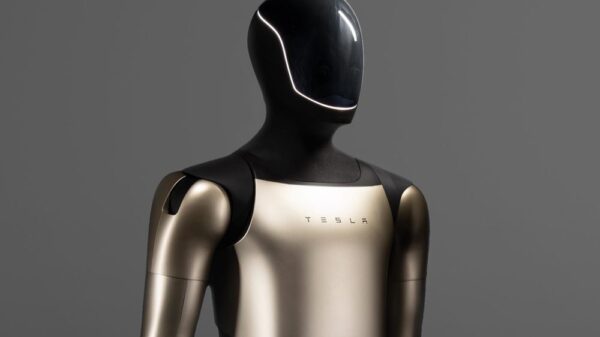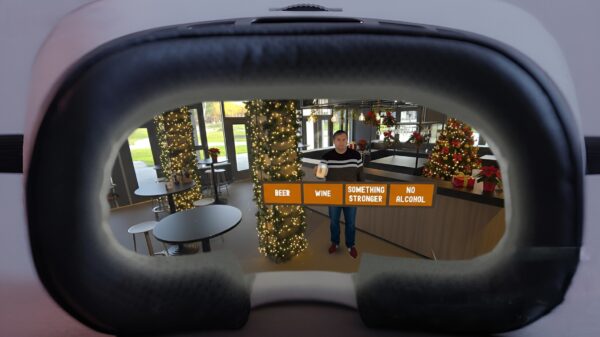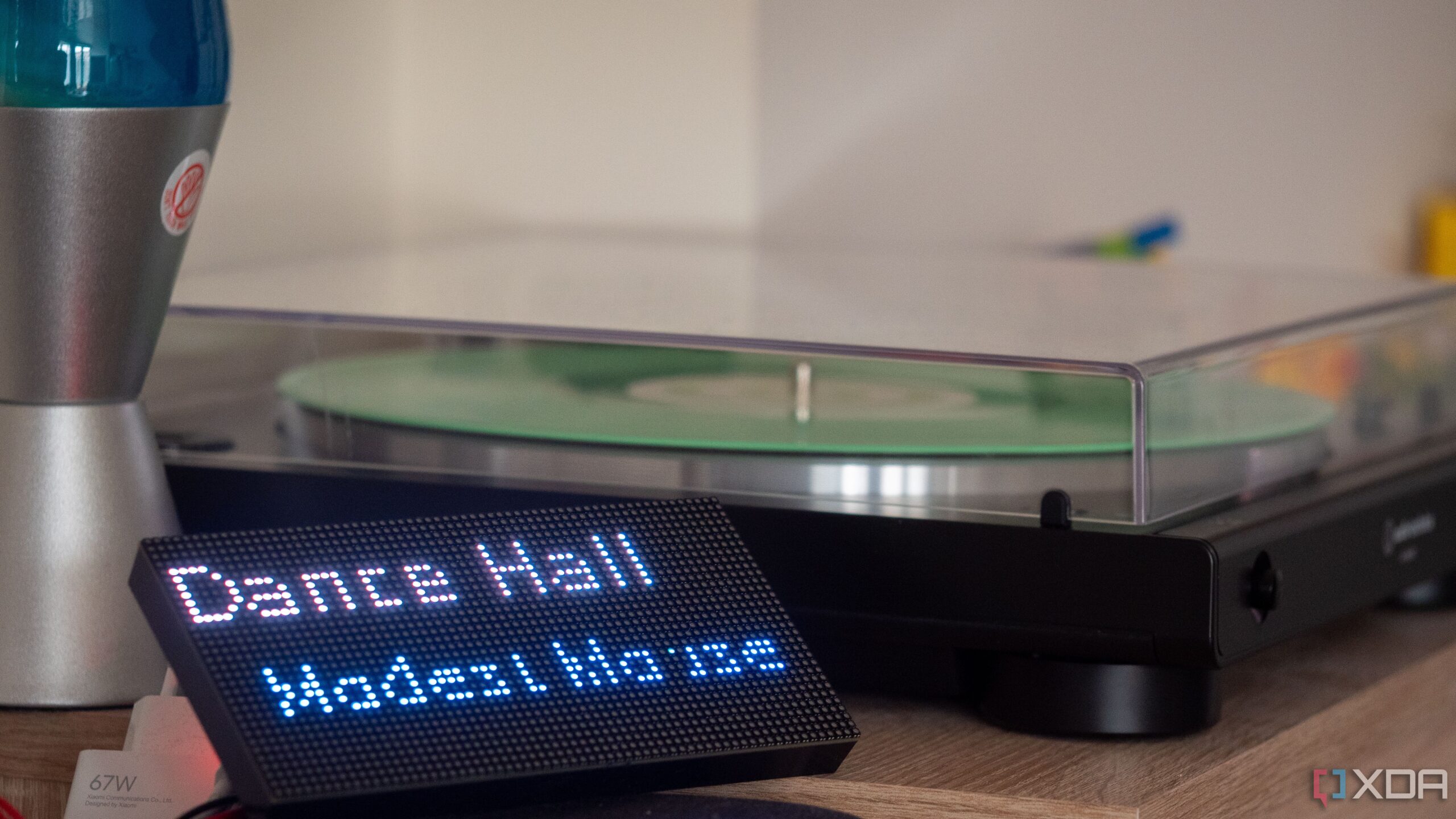URGENT UPDATE: A tech enthusiast has just unveiled a groundbreaking $30 DIY project that transforms a vinyl record player into a modern music display. This innovative device, powered by an ESP32 microcontroller and a Waveshare 64×32 panel, allows users to see which track is currently playing without needing to ask.
The project leverages a unique combination of technology, including a microphone placed strategically on the speaker, the reverse-engineered Shazamio API, and an MQTT server to publish real-time track information. This development is significant for vinyl enthusiasts who crave a digital representation of their analog music experience.
Just weeks ago, the creator successfully built an LED matrix display, but this latest enhancement takes it a step further. By utilizing Shazam’s capabilities, the device identifies songs playing from vinyl records, providing an effortless way to keep track of tunes. The microphone captures audio, while Shazamio processes the data, ensuring that guests in the home can easily view the title of the playing track.
The implementation process was no small feat. The DIYer described setting up Shazam as a critical first step, utilizing Python to pull audio from the microphone and send it to the MQTT server. Regular updates occur every ten seconds, allowing the system to maintain accuracy in track identification. However, there is a consideration for privacy, as the microphone’s placement aims to minimize background noise interference.
For users concerned about potential mistakes in song identification, the creator has considered an upgrade that would allow for manual re-checks using a button. While this feature is theoretical for now, the current setup is proving effective.
The ESP32’s capabilities have been fully harnessed for this project. Thanks to its Direct Memory Access (DMA) capabilities, it seamlessly integrates with the display. The project is built on ESPHome, which simplifies the process of connecting to the MQTT server and displaying the identified track.
Setup is user-friendly: once the code is compiled and flashed to the ESP32, the entire system becomes operational. Guests can now view a digital representation of the track currently spinning on the record player, bridging the gap between traditional vinyl and modern technology.
For those interested in replicating this project, it’s advised to flash the ESP32 near the Wi-Fi access point to avoid connectivity issues caused by the display. The creator emphasizes that wireless updates can slow down significantly, making initial setup a vital step.
This amazing DIY innovation not only enhances the experience of listening to vinyl but also showcases the potential of combining vintage audio with cutting-edge technology. As many music lovers look for ways to integrate tech into their listening habits, this project stands out as a compelling example of creativity and engineering.
Stay tuned for more updates on innovative tech projects making waves in the DIY community.



